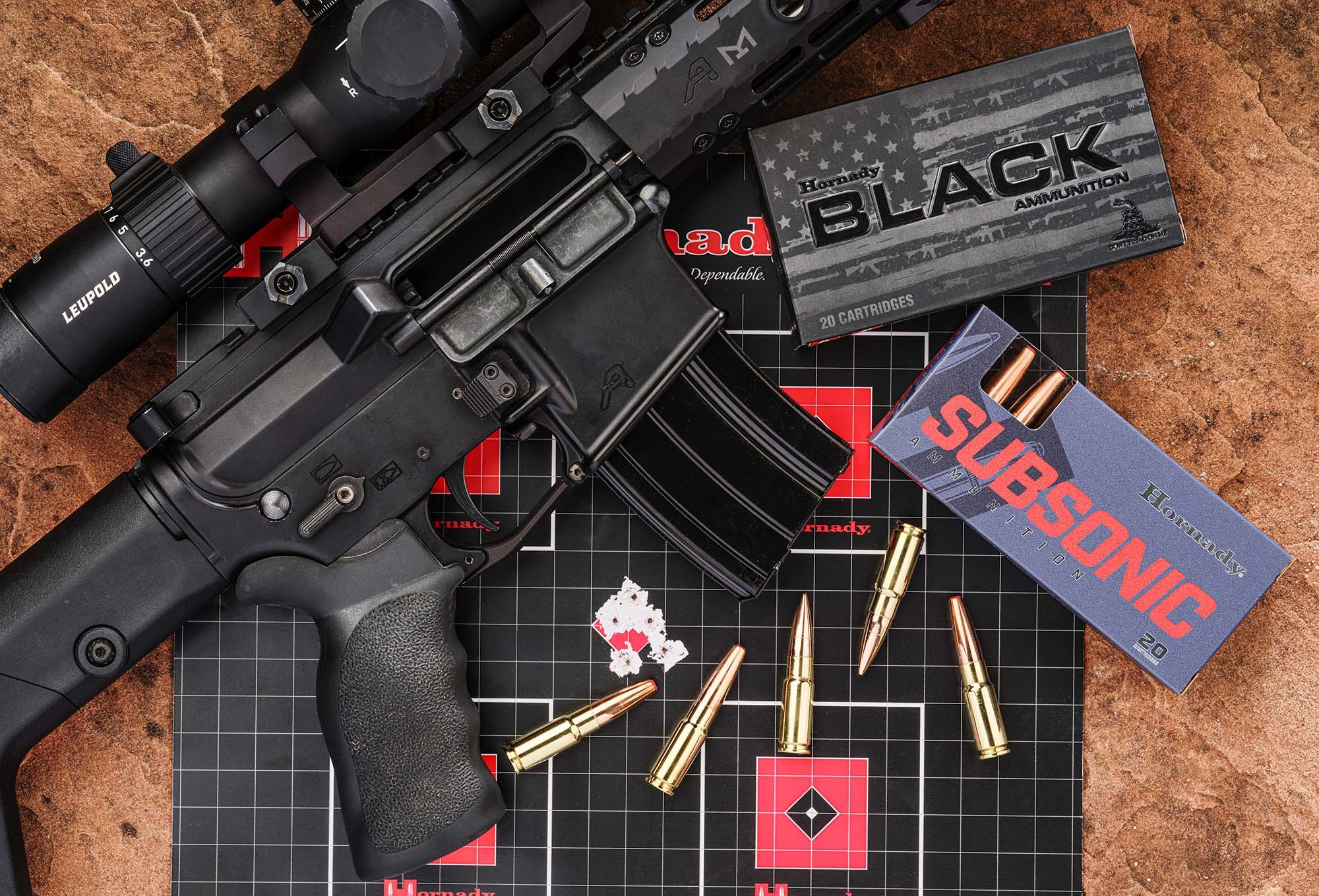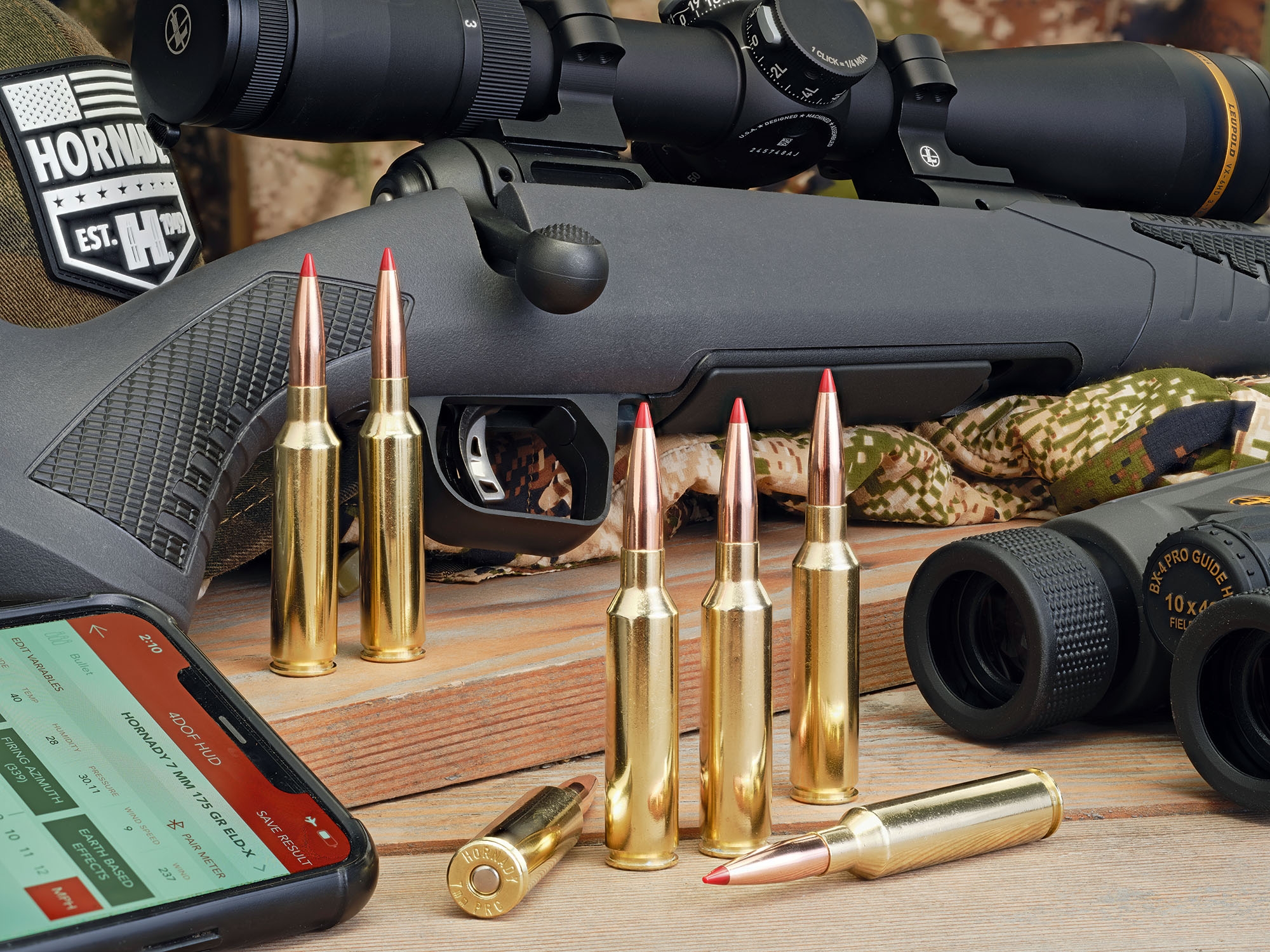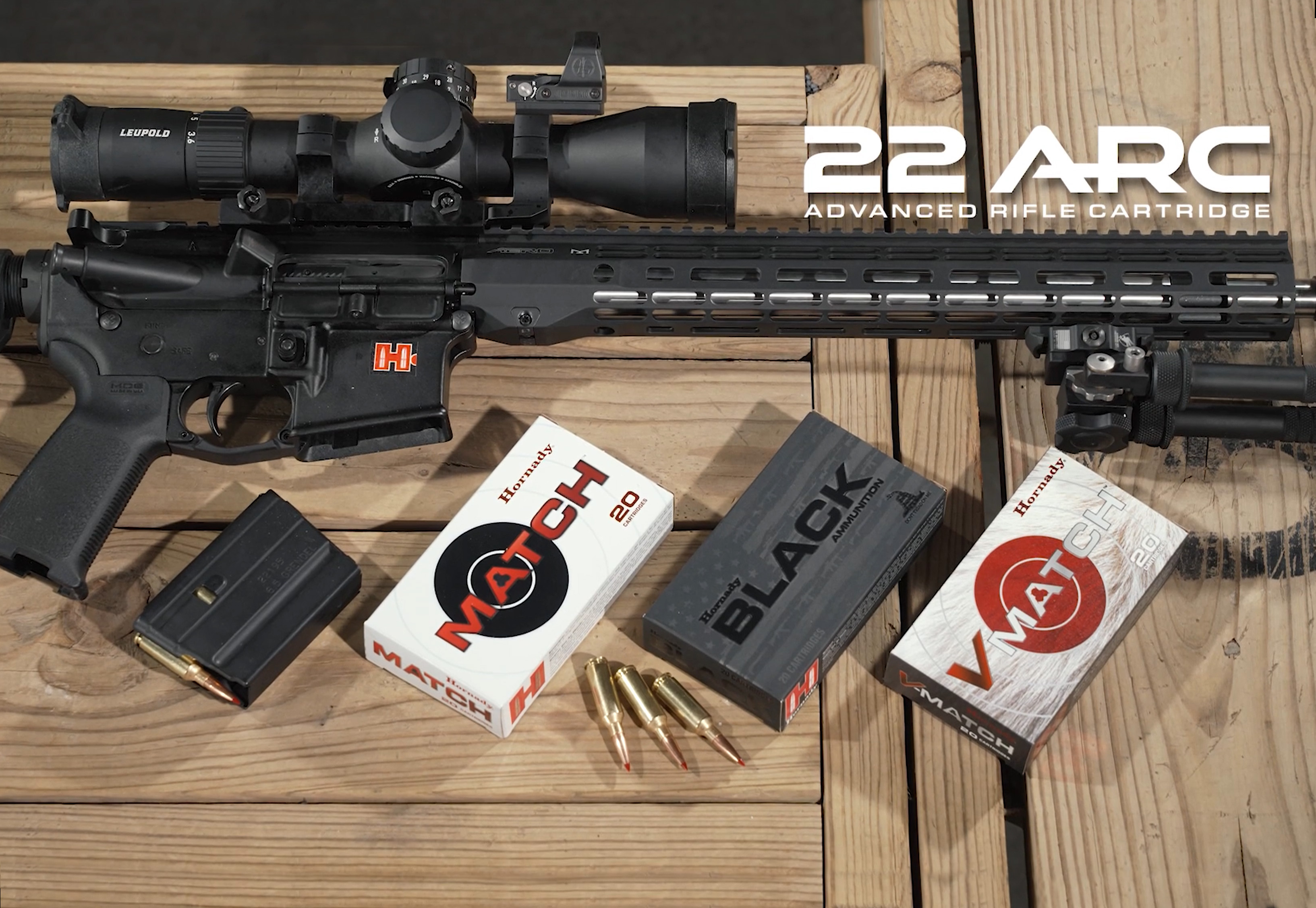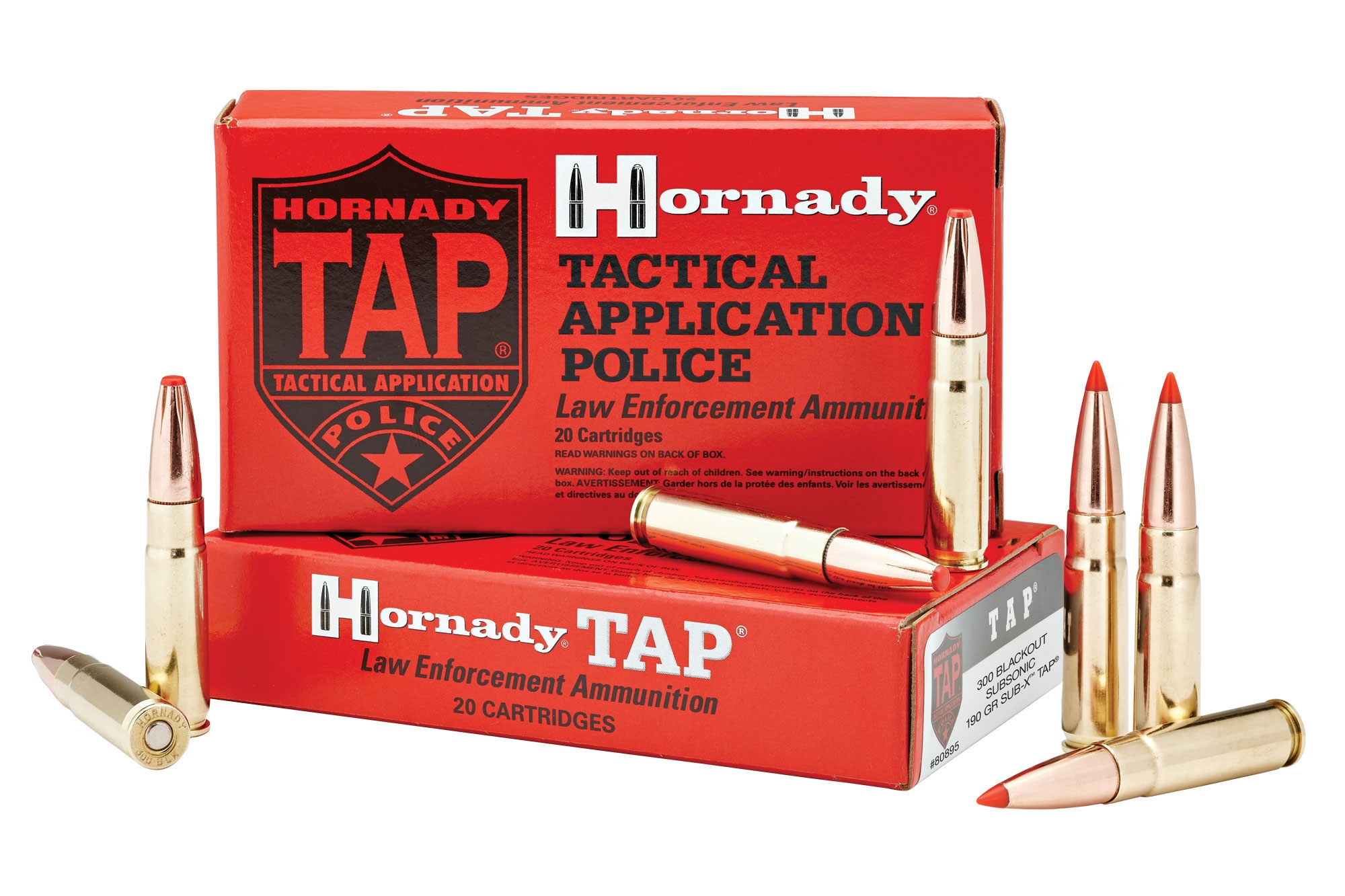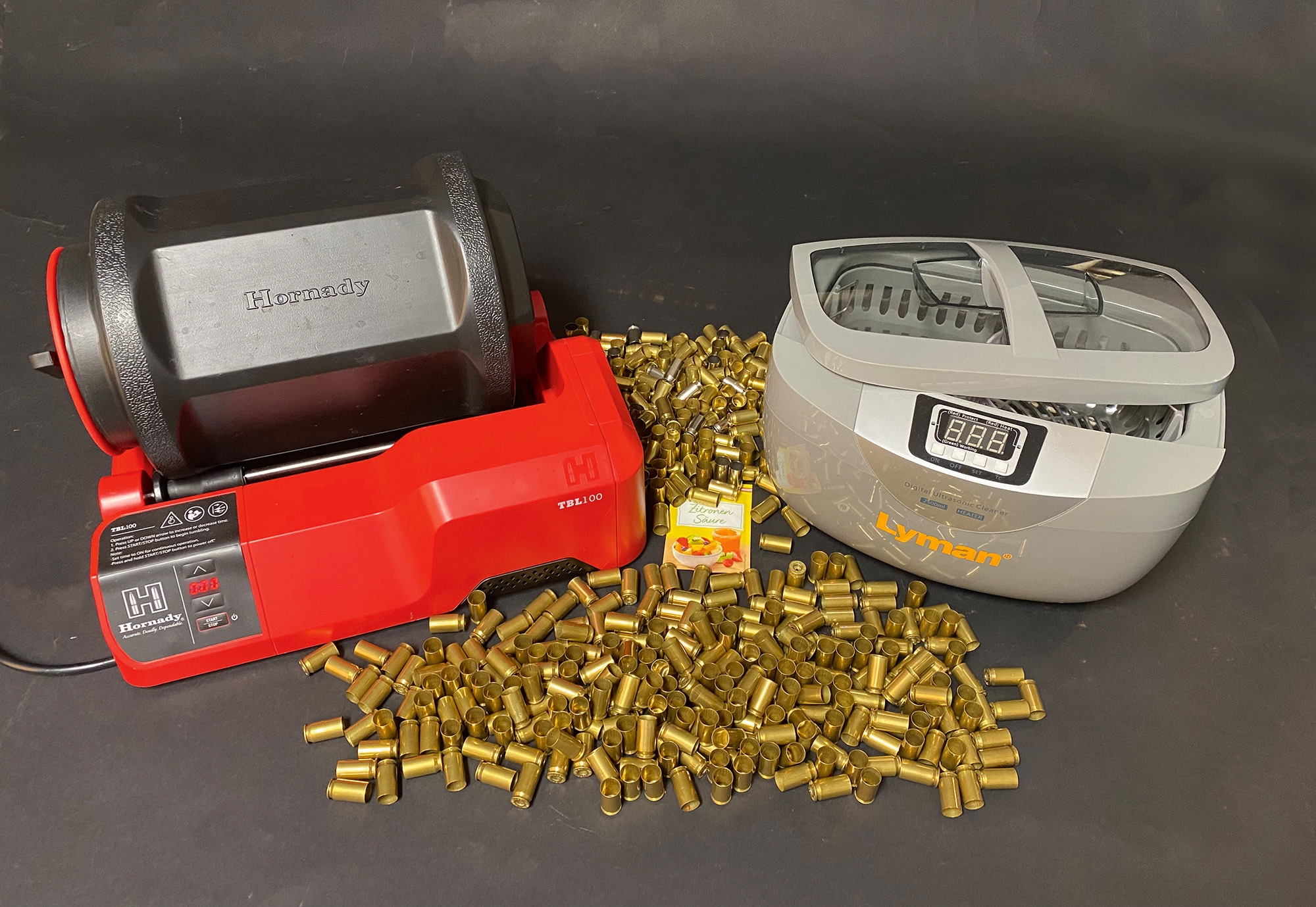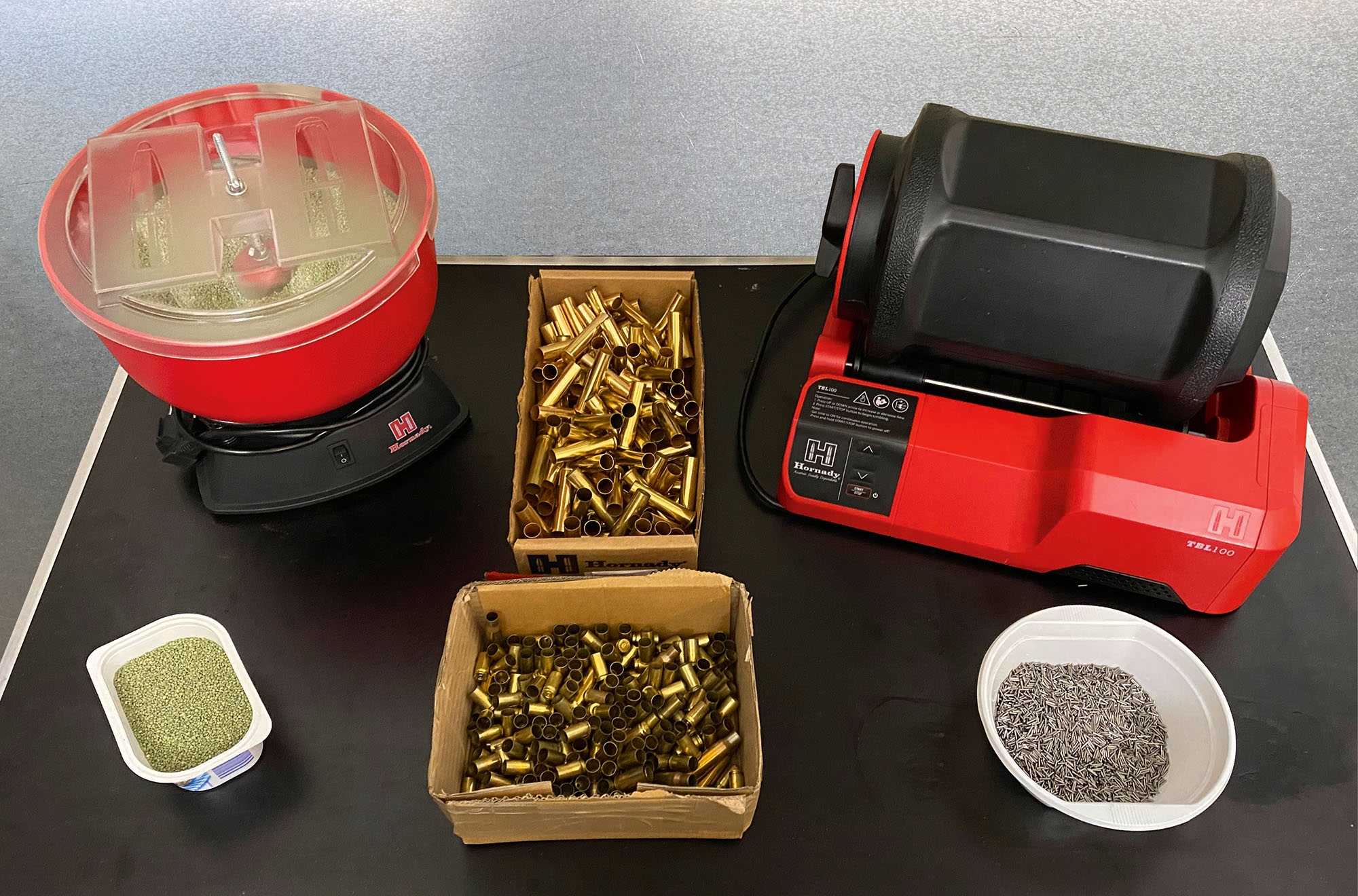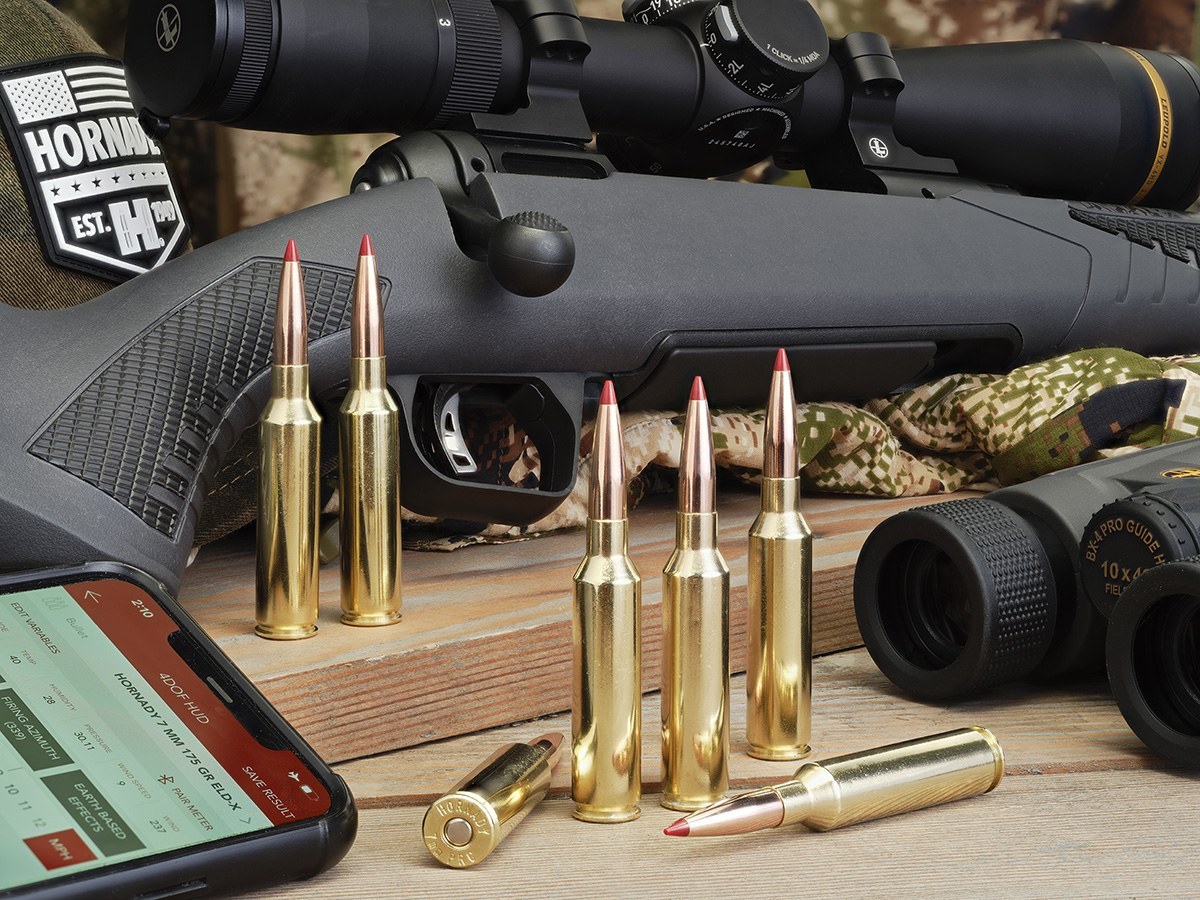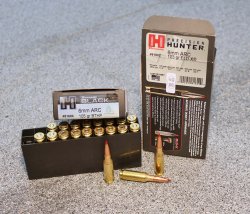
For a long time, the motto was that if you want to shoot at ever greater distances, you need ever larger calibers. According to the saying from engine construction: "There is no substitute for displacement, except even more displacement”. Examples of this include the .338 Lapua Magnum, .375 CheyTac, .416 Barrett, etc., which are intended to close the large performance gap between the .300 WinMag and the .50 BMG. Admittedly, larger calibers add more mass and energy to the target, but the gun itself and the ammunition are also getting larger and heavier. From a ballistic standpoint, however, there is another way to shoot and hit at long ranges, and this is well below the .338 caliber. For long range shooting, bullet external ballistics play a decisive role. The bullet is continuously decelerated by air resistance on its way to the target. The greater this deceleration, the more curved the trajectory, especially at long distances. The more aerodynamic a projectile is, the less it is slowed down by air forces. A high bullet mass in the respective caliber increases the so-called sectional density, i.e. the bullet weight in relation to the bullet diameter. More weight for the same caliber means more sectional density, which opposes air resistance. The combination of good bullet aerodynamics and large sectional density makes it possible to shoot accurately at long ranges even with small calibers. The large bullet mass brings with it the further advantage of lower susceptibility to wind.
6mm ARC: the long-range cartridge developed by Hornady
Based on this principle, the American ammunition manufacturer Hornady introduced its new 6mm ARC caliber three years ago. "ARC" stands for "Advanced Rifle Cartridge" and was developed for the AR-15 weapon platform as well as the long range segment. As early as November 2020, the 6mm ARC was approved by CIP. Shortly after its introduction to the market, there were already a large number of firearms manufacturers adopting the 6mm ARC in the form of barrels, brass or rifles. We used a bolt action in the form of the Savage 110 Tactical as a test gun. Hornady itself offers three factory loads so far, a hunting one with a 103-gr ELD-X deformation bullet and two match loads in the 105- and 108-gr weight classes. At the time of the test, only Hornady offered factory ammunition. Therefore, the testers decided to make a total of 21 handloads with seven bullet types and three propellant powders each, considering the wide selection of 6mm bullets. The CIP datasheet for the 6mm ARC lists the G1 (projectile diameter at case mouth) value as 6.18 millimeters (.243 inches). Various bullet designs in the weight range from 55 to 115 gr (3.56 - 7.45 g) are available in this diameter.
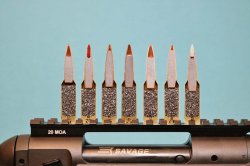
With a twist rate of the test gun of 1:7.5" (191 millimeters), the barrel is particularly suitable for heavy or long bullets. With the light 90-gr Lapua Scenar-L (GB543) the lowest weight was selected and with the 110-gr Hornady A-Tip (24531) the upper weight limit was almost exhausted. Obtaining the bullets from known reloading supply dealers presented no problems.
Much more difficult, or in this case impossible, was obtaining the cases. So far, only Hornady manufactures brass in this caliber. For loading work, the testers made use of Hornady's Custom Grade die set, consisting of a sizing and a seating die.
The number 6 is required as a case holder. Forster, Lee and RCBS also have die sets for the 6mm ARC in their catalog.
The 6mm ARC from Hornady compared to the .308 Winchester and .338 Lapua Magnum
As mentioned at the beginning, the sectional density, or "SD" for short, is of great importance in long range shooting. To get a feeling for this, SD will be calculated below for the lightest and the heaviest test bullets and put in relation to the .308 Winchester and .338 Lapua Magnum calibers. The CIP datasheet gives 29.52 mm² for the cross sectional area of the 6mm ARC. Relative to the bullet mass, this gives a sectional density of 0.198 g/mm² for Lapua's 90-gr Scenar-L (GB543) and an SD of 0.241 g/mm² for the 110-gr Hornady A-Tip (24531). Based on the .308 Winchester with a cross section of 47.51 mm², this would result in comparable bullet weights of 144.8 gr and 177.0 gr. For the .338 Lapua Magnum with a cross-section of 56.86mm², this would correspond to bullet weights of 173.4 gr and 221.9 gr. These examples clearly show that the sectional density of the 6mm ARC is not as high as it initially seems when compared to larger calibers. 144.8 gr roughly corresponds to the standard bullet weight of the .308 Winchester, which is used up to 600, maximum 800 meters. 177 gr already corresponds more to a load developed for long shooting.
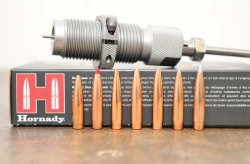
Thanks to its very slim and thus aerodynamic bullets in .243 caliber, the 6mm ARC still has the edge over the .308 Winchester. If you calculate for the 90-gr and the 110-gr bullet on the basis of the highest v3 measured in each case the distance up to which the bullet still flies safely in the supersonic range (in this case, 350 m/s are assumed), the following values are obtained: with a v3 of 892 m/s, the Lapua bullet reaches a velocity of 350 m/s after just under 1,050 meters. For the Hornady A-Tip with a v3 of 767 m/s, this corresponds to a distance of a good 1,200 meters. By comparison, a .308 Winchester with a 167-gr Scenar bullet and a v3 of a hefty 820 m/s would reach the 350 m/s limit after about 975 meters of flight. In this case, a somewhat unfair comparison with the .338 Lapua Magnum, which is three times as powerful, the 6mm ARC draws the short straw. However, it should be noted at this point that due to the bullet weights used in the 6mm ARC with the RS52, N133 and R902 propellants, more progressive burning propellants had to be used. These powders therefore also require longer barrels for full performance development. Unfortunately, the Savage 110 Tactical repeater in 6mm ARC is only available with a short 18-inch barrel. A barrel length of 550 to 600 mm would increase the muzzle velocity and thus the effective supersonic range even more.
Reloading: results of 6mm ARC handloads fired from the Savage 110 Tactical
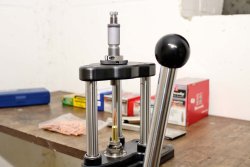
The handloads were made with an RCBS Match Master in match mode (the test of the device can also be found here at all4shooters.com), and the testers used a Präzipress for loading. Case processing and actual filling did not present any special features and is comparable to common calibers. All handloads were loaded to the maximum L6 of 57.4 mm to reduce bullet jump. To still capture the influence of a silencer on accuracy, all 24 loads were shot without and with an A-Tec Hertz 2 for the 6.5 mm caliber. The groupings achieved at 100 meters with the two dozen loads can be described as quite mixed. Without a silencer, the best five-shot group was a very good 11 mm (107-gr Sierra MK HPBT) and an unsatisfactory 88 mm with Berger's otherwise very good 105-gr VLD Target. At 12 mm, the 105-gr Hornady BTHP combined with the A-Tec suppressor provided the tightest group. The worst accuracy at 70 mm in combination with the silencer was delivered by the factory Hornady ELD Match cartridge (108 grs). In 19 of the total 24 loads, groupings remained the same or improved with the silencer, while in five loads the silencer had the opposite effect. Six of the 21 handloads delivered groupings below 20 mm (some significantly). With 11 loads, slightly more than half remained below one MOA (29 mm at 100 m).
Our conclusion: these results clearly show that the 6mm ARC has a high accuracy potential. If one takes the time to try out appropriate loading guides and different seating depths, accuracy can certainly be improved. The bottom line is that the 6mm ARC is an interesting cartridge for long-range shooting up to 1,000 meters and, with the right tuning of all components, even beyond that. Due to the low powder quantity of less than two grams, a good 500 cartridges can be made from 1 kg of propellant, which makes the 6mm ARC an inexpensive long-range cartridge.



